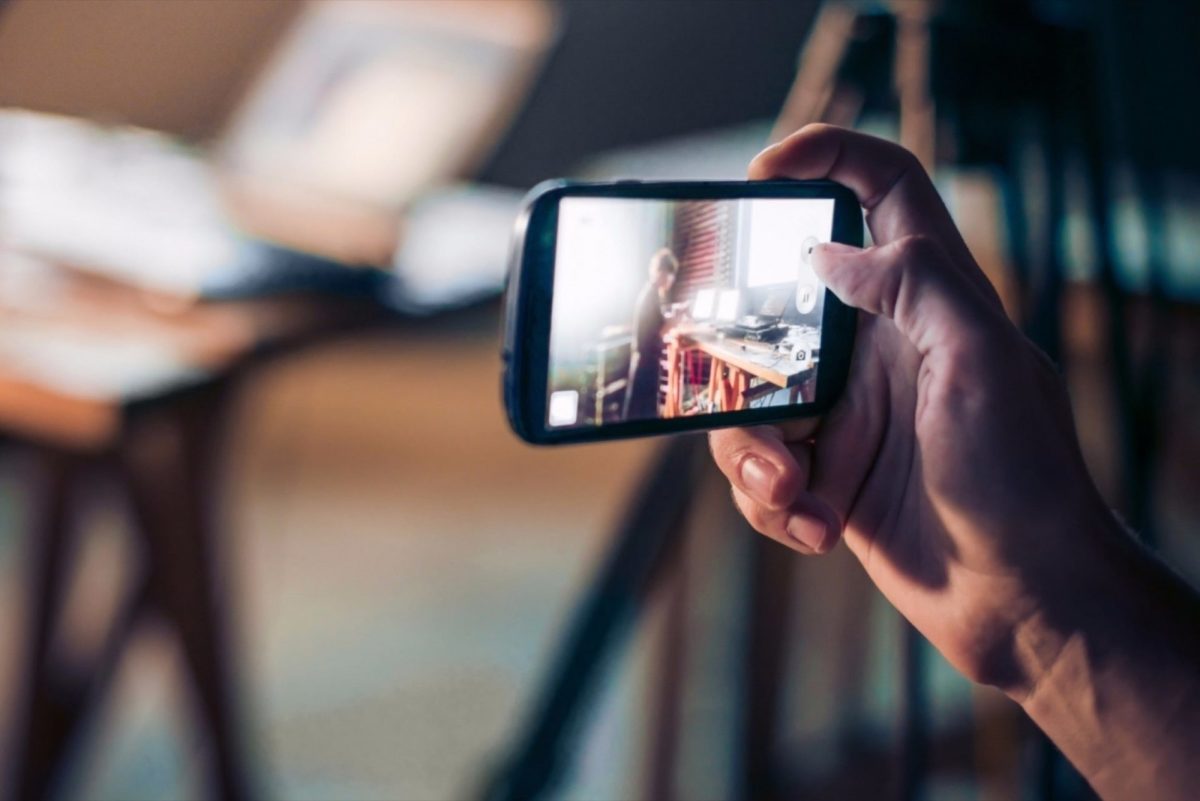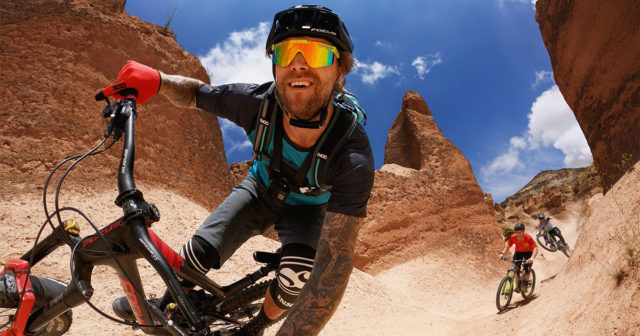B2B live streaming isn’t a new concept in marketing – but what is indeed remarkably new is the explosive growth it has seen during the recent pandemic conditions.
Since lock down, you and your customers have been consuming video content from the comfort of home offices at an extraordinary rate.
And we have all become familiar with video live streaming on social media platforms Facebook, Instagram, Twitter, LinkedIn, and Youtube. The use of live streaming technologies like Zoom have grown over 300% in the matter of a few months:
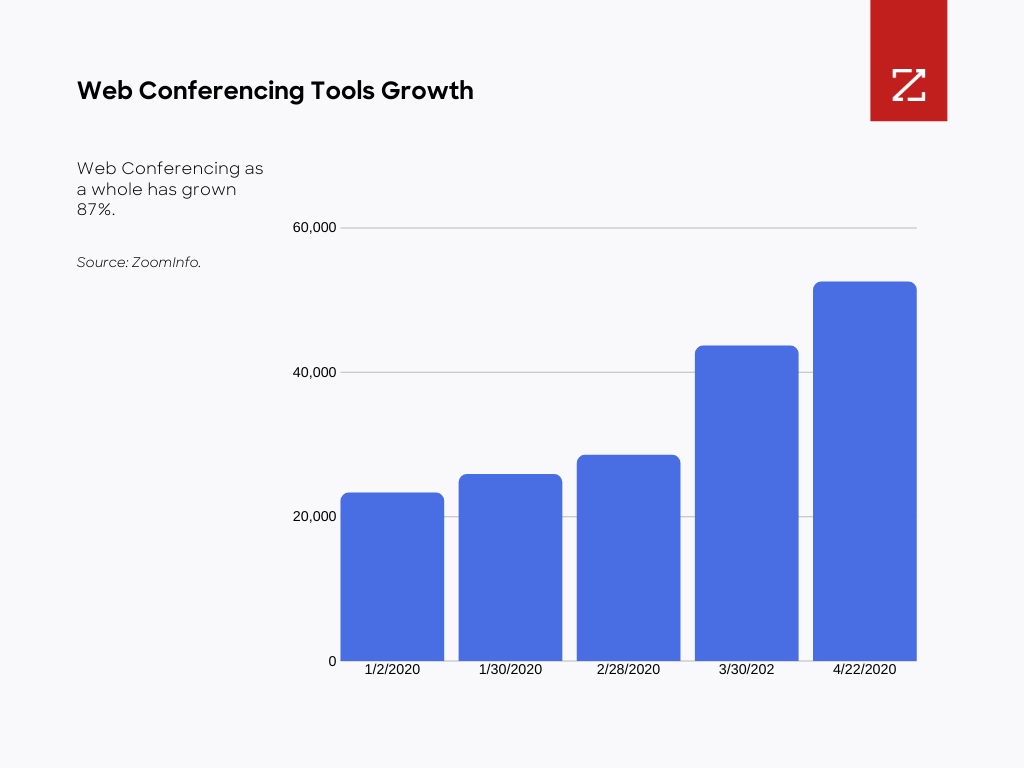
In this blog, I’m going to talk to you about some key things you should consider before live streaming, and offer some tips on how you can improve your videos online.
The why behind live streaming
We are all faced with challenge of creating purposeful, entertaining and interactive content that is designed to impact your business’ bottom line.
Before you consider getting started with live streaming, you need to ask yourself these fundamental questions:
- Why am I creating this live stream event – what is its purpose?
- Who am I making it for?
- What are the three main takeaways from it?
It’s important to understand your reasoning, because if you don’t know why you are making it, neither will your audience. And, if you can’t answer those questions – then don’t start live streaming! Go back to the drawing board and work it out, you might even come up with a better idea.
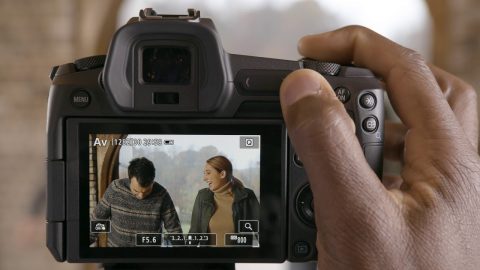
To help you structure ‘The Why’ you might find it useful to use a template like this content cascade to show you how a video can fit into your wider content.
The benefits of B2B live streaming
Live streaming is a powerful tool in your marketing arsenal, and there are number of reasons for you to include it in your marketing mix. Live streaming doesn’t just benefit retail and consumer brands. Business to business marketing marketers are recognising the benefits of live streaming.
And getting started with live streaming is easy. All you need is a smartphone (or desktop camera), a robust internet connection, and the right software.
- The most obvious benefit is real-time engagement. That means you are both online at the same time, and you can have direct conversations, offer live questions and answers, and real-time experiences
- You are going to get highly engaged viewers because they are committed to attending your live event. They are highly interested, and therefore are more likely to convert.
- It is an emerging technology so there isn’t too much competition… yet. LinkedIn Live are offering live streaming on an invitation only basis at the moment, but if Facebook Live is any indicator of where the technology is going, its watch time has quadrupled in the last year.
- And of course, it is a relatively low cost technology. You don’t need heaps of expensive technology, you aren’t commissioning expensive video production companies, you can use to repurpose your existing content, and then you can archive your live video for long-lasting evergreen impact.
And here is our top live streaming secret: Live Video doesn’t actually have to be… live
I’m going to let you in on a little secret: most live videos and webinars you watch aren’t actually being broadcast live.
And there is a reason for that. With live video comes a whole heap of problems, from sound and video quality to unpredictable internet connection. And, there is a simple solution – don’t do it live!
Instead, you can pre-record your video, and then stream that video recording live.
There are a couple of different ways you can create a better quality video without having to worry about messing up, but the best way is by using a program called Open Broadcaster Software, or OBS. OBS is free and open source software that you can use for video recording and live streaming.
Brightspark has done a great job of explaining how to live stream pre-recorded video to Facebook, and you can take a look at the instructions it here. You can even stream to multiple platforms.
You still need to have a great set up, good lighting, a script, and everything you would need for a normal video stream. But, this means you won’t mess up halfway through and have to start again – and you also don’t get pesky sound or video quality!
Quality of audio and video will impact how many people stay and how many people engage with your video. Shooting on a shaky iPhone will destroy your credibility because people can’t afford to waste time sticking around for an unprofessional live stream, so make sure you have a decent camera and microphone to make you as professional as possible!
B2B examples of live streaming
I find it always easiest to imagine how to use new technologies when I see good B2B examples in action, so here you go:
Webinars:
You will almost certainly be familiar with live streaming on nearly a daily basis. Most of us have participated in live webinars using Zoom. WebEx or Google Hangouts.
It isn’t just private meetings, but very commonly public marketing events including webinars, tutorials, questions and answers, “How to videos.”
Here is an example of a webinar we delivered live for one specific target market. We ran the event live with some exceptional panel discussion followed by a Q&A…. and then edited out the rough bits to make a valuable piece of content we now make available on our Hallam TV YouTube channel:
Hosting interviews with influencers:
Live conversations with your B2B industry influencers is a great live streaming opportunity. In this example, we are interviewing a leading marketing professional, Nicky Astle of Rayburn Tours, and sharing information we know is of interest to our client base:
Live streaming virtual trade shows
Participating in an online trade show could be a clear differentiation between you and your competition. Alibaba have launched their first ever Home and Health Online Trade Show, with a view to helping B2B companies overcome the disruptions caused by Covid-19. The inaugural trade show ran until 24 May 2020, and is one of more than 20 that Alibaba are looking to run over the next year.
Exhibitors will have the opportunity to use a combination of live streaming and recorded video to engage with virtual delegates.
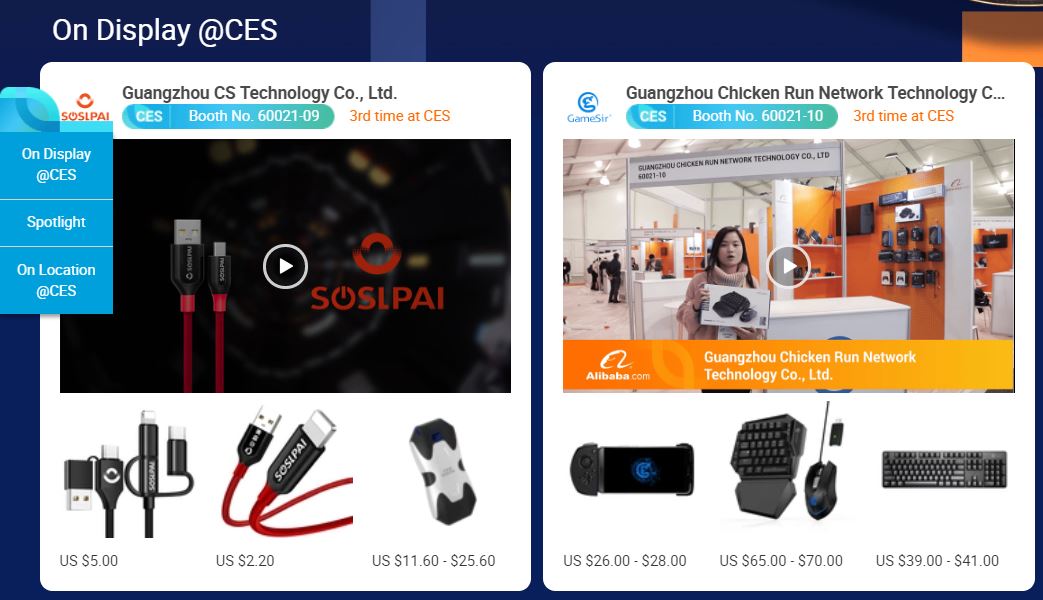
It’s all about making meaningful connections
Empathy and going beyond the product is the objective here. You want to resonate with people and talk about ideas. Anything you discuss should be useful, impactful and help someone. We all know that social media is for communities more than anything else. Especially Facebook, whose mission statement is ‘to give people the power to build community and bring the world closer together. People use Facebook to stay connected with friends and family, to discover what’s going on in the world, and to share and express what matters to them.’
In 2018, Facebook made a change to it’s News Feed algorithm. These changes focused on encouraging meaningful interaction, and comments, reactions, and shares now get priority over passive actions, such as clicking the Like button. One of the crucial new ranking signals is the type of content users post.
More than 1 in 5 Facebook videos are Live and are watched 3X longer than Standard videos. (Source: Go-Globe)
Engagement is key
95% of people who watch your live stream never intended to actually watch it – it’s simply opportunistic. Behavioural changes for viewers mean that while they might not plan to watch live streams, they will come across them and stay interested – as long as you keep them involved! Similarly, a lot of viewers join midway through – without ANY context. Wherever you land, 30 seconds or 30 minutes in, you need to keep people up to date with what you are talking about. The best way to do this is by constantly going back over key points you have discussed.
The more engagement you get, the more people your video will reach. Every time someone reacts/comments/share to their network, it alerts users to join in too.
If you are looking to take your business into the digital age, it’s time to invest in your video and start live streaming.
Do you want Team Hallam on your side?
Get in touch to arrange an informal chat and learn how our experts can help your business to thrive online.
